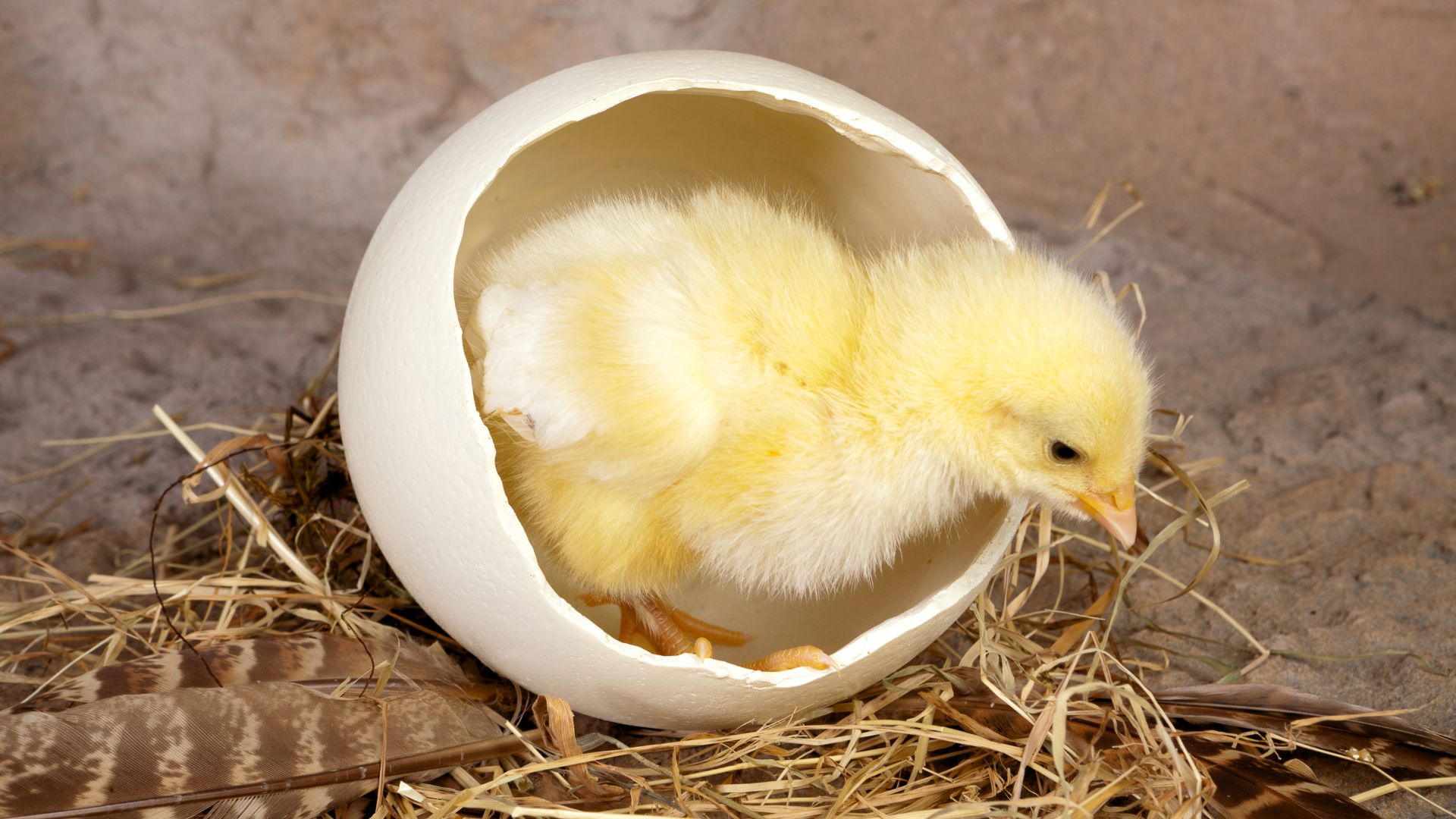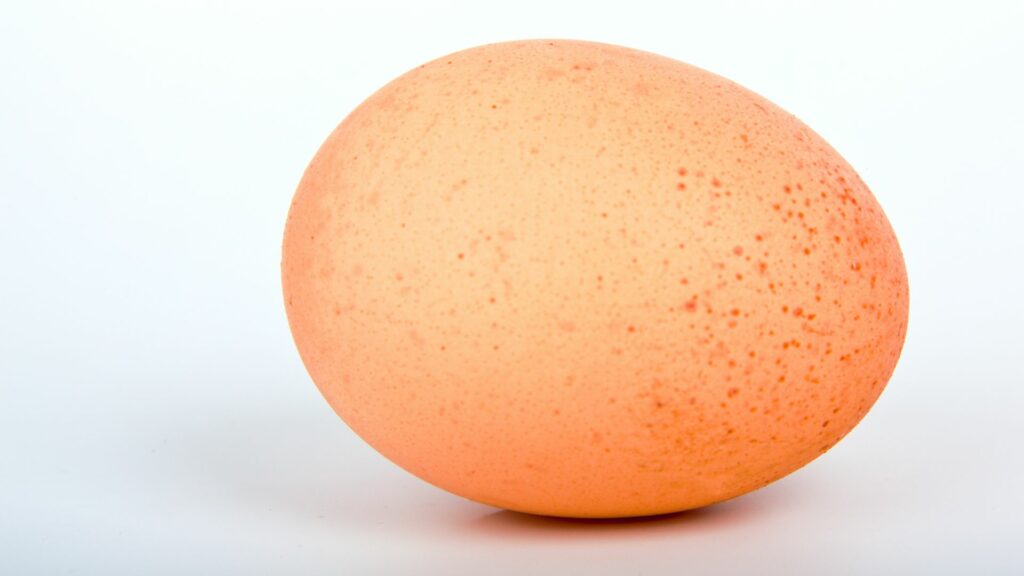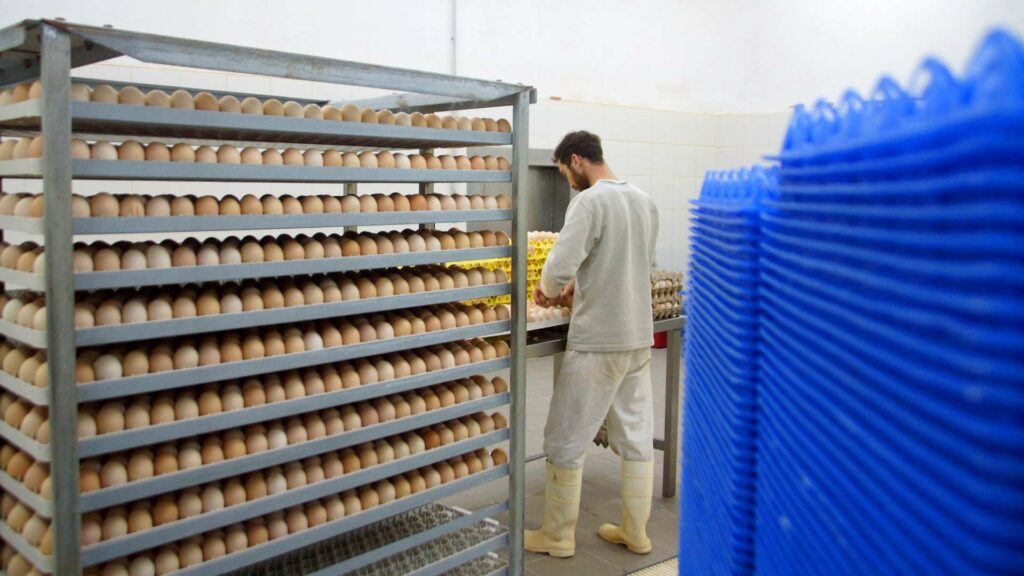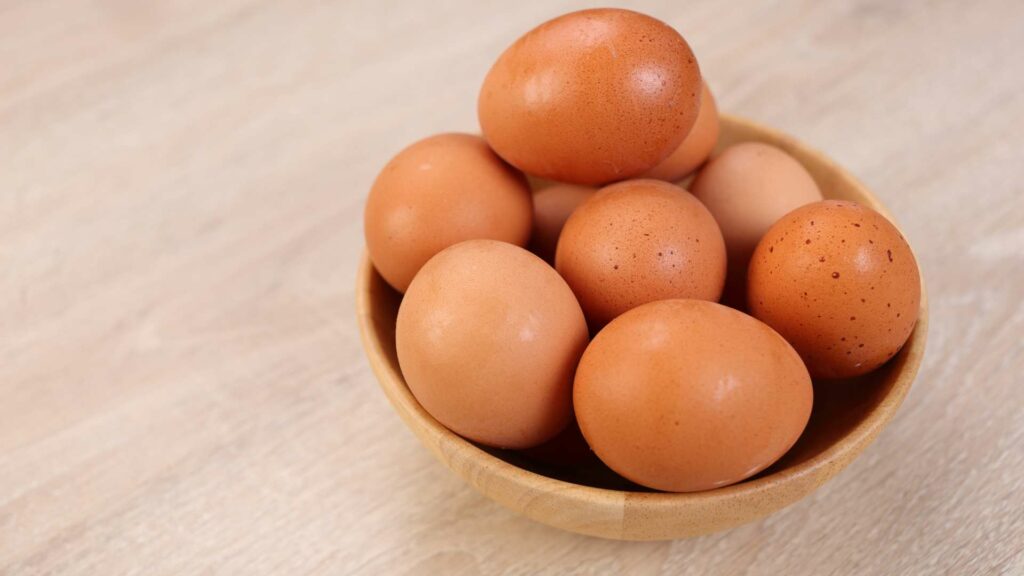Laying eggs and hatching them into chicks is part of the natural cycle of chickens. In poultry farming, it is essential for the farmer to know whether the eggs are fertilised or not.
After the incubation period in suitable incubators, fertilised eggs produce new chicks for the farm, while unfertilised eggs are intended for consumption. If you are a farmer, reading this article will help you determine which eggs should be placed in incubators.
Understanding the anatomy of an egg
The different parts of the egg and their functions
A hen’s egg, also called an oocyte, is a reproductive cell that forms in the ovary. It consists of different parts, each with a specific function. The largest part of the egg cell is the egg white, also called the albumen. The egg white consists of two layers, one thick and one liquid, which surround the yolk.
The yolk, is the most important part of the egg because it contains a large amount of nutrients to feed the developing embryo. The yolk contains lipids, proteins, vitamins, minerals and other essential nutrients.
The chalaza is a membrane that connects the yolk to the shell. It is located at each end of the egg and holds the yolk in the centre of the egg so that it develops evenly.
Finally, the shell is the outer part of the egg and serves to protect the embryo from bacteria and other pathogens. The shell is mainly composed of calcium carbonate and is covered by a thin membrane to protect the egg from moisture loss and contamination.
The course of the fertilisation process inside the egg
The fertilisation process begins with the fusion of the sperm with the egg. This fusion results in the formation of a single cell, called a zygote. Fertilisation usually takes place in the hen’s oviduct, where the egg is released from the ovary.
After fertilisation, the zygote begins to divide and moves into the oviduct to form an embryo. During this time, the eggshell forms around the embryo. After approximately a 21-day incubation period, a chick emerges from the egg.
Visual clues that determine whether an egg is fertilised
Physical characteristics of the fertilised egg
The fertilised egg has some distinctive physical characteristics. Firstly, it may be slightly larger than unfertilised eggs. In addition, if held up to a light source, a tiny red dot called the germinal disc can sometimes be seen, marking the site of fertilisation.
Finally, once the embryo has formed, blood veins can be seen extending from the embryo through the egg white. These features are most visible in fertilised eggs that are hatched or used for artificial incubation.
Locating blood vessels in a fertilised egg
Blood vessels are easier to spot after a few days of incubation, as they become larger and more visible as the embryo develops. To spot the blood vessels in a fertilised egg, hold the egg up to a bright light source such as a torch or a sunny window.
Then gently turn the egg to look for red lines that look like veins. These lines are actually blood vessels that are developing to feed the growing embryo.
Techniques to determine whether the egg is actually fertilised
The candling technique
The candling technique is a simple method often used by poultry farmers to check the fertility of their eggs before placing them in an incubator. It involves placing the egg in front of a strong, uniform light source, such as a torch or bright daylight, and observing the interior of the egg through the shell.
If the egg is fertilised, a small, dark, circular spot, called the blastodisk, should be visible. If the egg is not fertilised, the inside of the egg will appear uniformly transparent.
Using incubation to determine fertilisation
The use of incubation to determine the fertilisation of an egg is reliable, but it is time consuming and requires special equipment. However, it is an accurate and commonly used method by breeders to determine whether an egg is fertilised or not.
The method involves placing the egg in an incubator at a specific temperature for several days to allow embryonic development to occur. The development of the embryo results from the fertilisation of the egg and allows the chick to hatch after approximately 21 days of incubation.
To further assist farmers, ECAT-iD has developed the LaserLife® machine which can detect eggs that are not viable before incubation. This is very convenient for farmers and saves them a lot of time.
Misconceptions about fertilised eggs
A double yolk means that the egg is fertilised
The presence of a double yolk in an egg is not an indicator of fertilisation. The yolk is produced by the hen’s ovary, while fertilisation occurs in the oviduct after the egg has formed.
The presence of a double yolk may simply be the result of a hormonal imbalance in the hen, which may occur naturally or be influenced by diet or other environmental factors.
Brown eggs are never fertilised
The colour of the egg shell has nothing to do with whether the egg is fertilised or not.
The colour of the shell depends on the breed of the hen and its genetics. The fertilisation of the egg depends solely on the presence of a cock to fertilise the hen’s egg before the shell is formed. Thus, the colour of the egg can in no way indicate whether the egg is fertilised or not.
Eating fertilised eggs is bad
Eating fertilised eggs is generally not a health problem unless the egg is not fresh or has not been handled properly. In reality, it is difficult to find fertilised eggs in shops, as most producers do not have roosters on their laying hen farms.
However, in some cultures, eating fertilised eggs is a common practice and considered a delicacy. In any case, the decision to eat fertilised eggs depends on personal preferences and eating habits.
In summary, there are several methods of determining egg fertilisation, such as candling, the use of incubators and natural incubation. A good knowledge of the brooding period and egg turning (turning is a manipulation that prevents the embryo from sticking to the shell) is also crucial for successful hatching.
Understanding the mechanisms by which hens lay and chicks develop allows farmers to easily identify fertilised eggs and separate them from unfertilised eggs for appropriate use.




